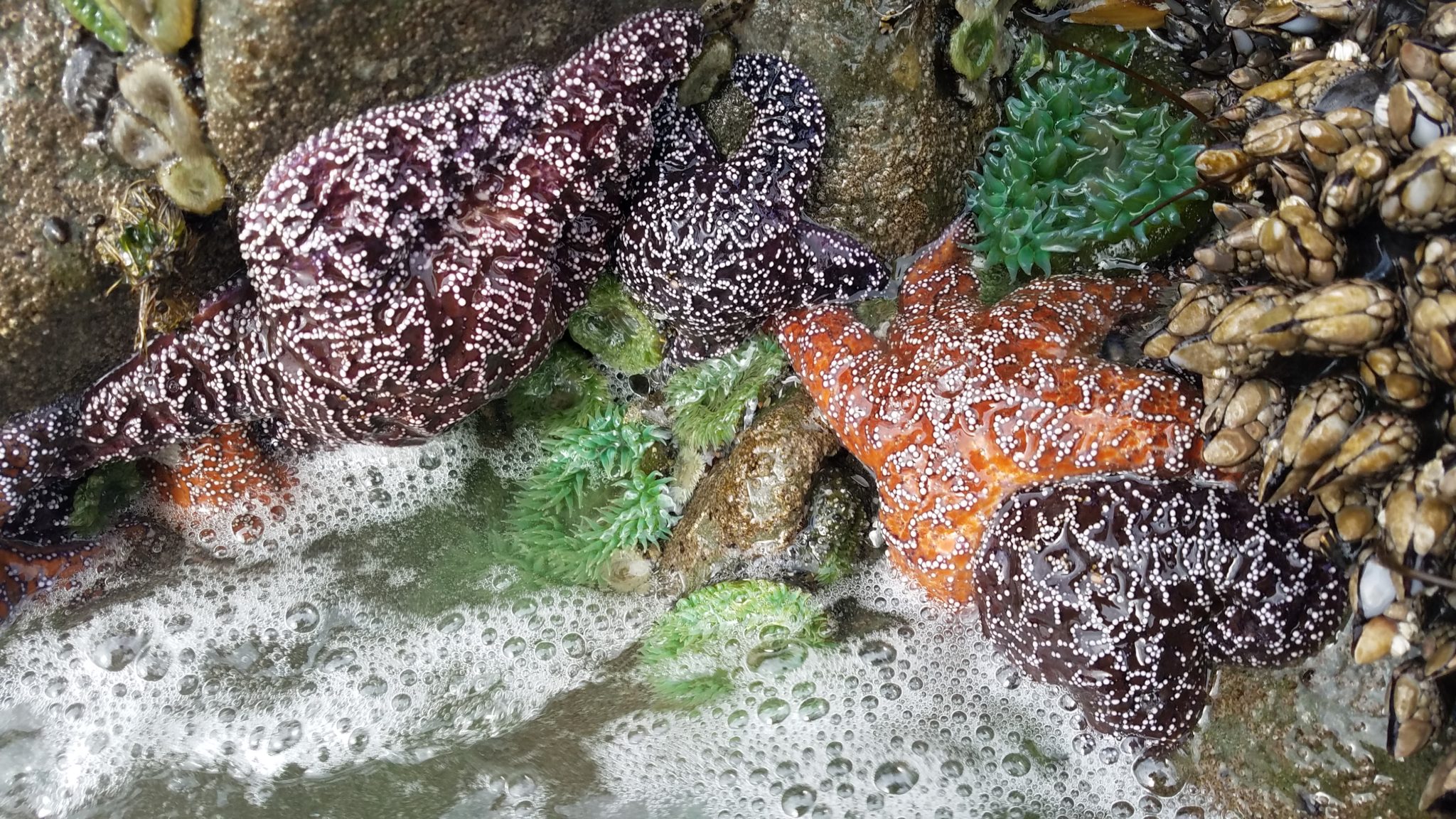

The cardiac stomach is the one they thrust out of their mouth to begin predigestion, allowing them to consume a larger organism than what they could fit into their mouth. Interestingly, sea stars have two stomachs. The mouth is located on the underside of the sea star's central disc the anus is located directly opposite on top. These eyespots have only two settings: light (safe) & dark (mortal peril). Sea stars have no eyes, not like we have, but they do have eyespots, groups of cells that can detect light, on the tips of their arms. These cells then report to the nervous system, which is spread throughout the body.
COLLECTING SEA LIFE FOUND IN GALVESTON BEACH TIDAL POOLS SKIN
They do have hard plates under their skin and special cells on their skin to gather information about their surroundings. Brittle and basket stars move by a sinuous flexing of their arms this snaking movement gave them their class name, Ophuroidea, "serpent star."īut enough about serpent stars this is a story about sea stars! As we already know, sea stars have no brains, no blood, and no backbone. The tube feet in brittle stars are a little different in that they don't end in suckers, and they aren't used for getting around at all.

Both have a water vascular system (meaning seawater takes on the duties of blood), and sea stars use hydraulically powered tube feet on the bottom side of their arms to move around. The other main difference between asteroids and ophuroids is locomotion. Brittle and basket stars cram it all into that tiny central disc. Starfish utilize their entire body to house their viscera. Part of the reason for this digestive system is possibly a simple lack of space. However, compared to sea stars, brittle stars have a much smaller central disc and no anus, meaning the entrance is also the exit (which would no doubt lead to a complex, psychological relationship with food if brittle stars had a brain). Both classes have a central disc and five or more radiating arms. Yep, that means they're asteroids! Brittle and basket stars also belong to Asterozoa, but they branch off into another class, Ophuroidea. Sea stars belong to the subphylum Asterozoa and the class Asteroidea. The five-arm varieties are the most common, hence their name, but species exist with ten, twenty, and even forty arms. There are some 1,500-2,000 species of sea stars living in all the world's oceans, from shallow, tropical waters to the deep, cold seafloor. It's an echinoderm (a spiny-skinned invertebrate), closely related to sea urchins and sand dollars. Some marine scientists have undertaken the ambitious task of replacing the popular starfish's common name with sea star because, well, the starfish is not a fish. ~ adapted from The Star Thrower, by Loren Eiseley He smiled as he picked up the next starfish and hurled it into the sea, "It makes a difference to that one." One man alone could never make a difference. I said to him that I thought he was foolish there were thousands of starfish on miles and miles of beach. He said that the sun would dry the starfish and they would die. When he was close enough I asked him why he was working so hard at this strange task. As he came near, I could see that he was throwing starfish, abandoned on the sand by the tide, back into the sea.

While wandering a deserted beach at dawn, stagnant in my work, I saw a man in the distance bending and throwing as he walked the endless stretch toward me.



 0 kommentar(er)
0 kommentar(er)
